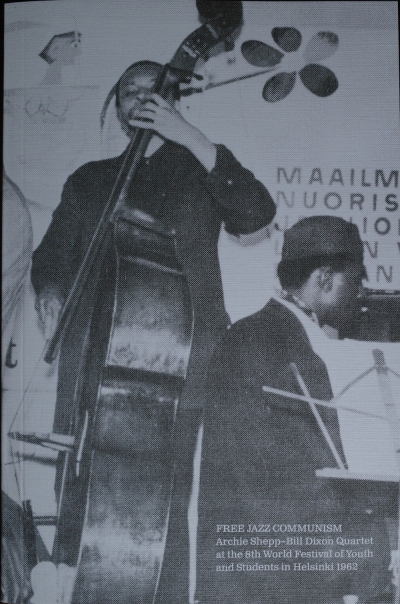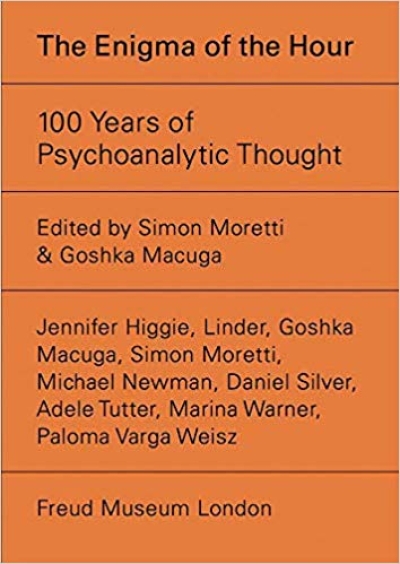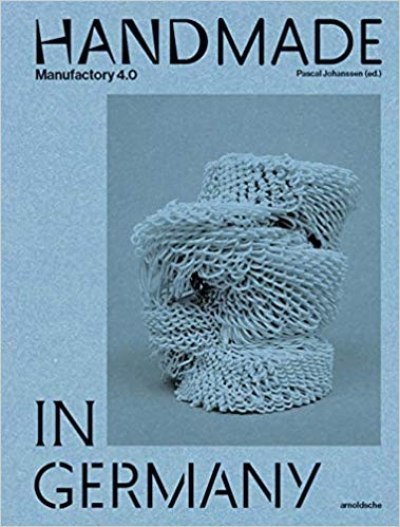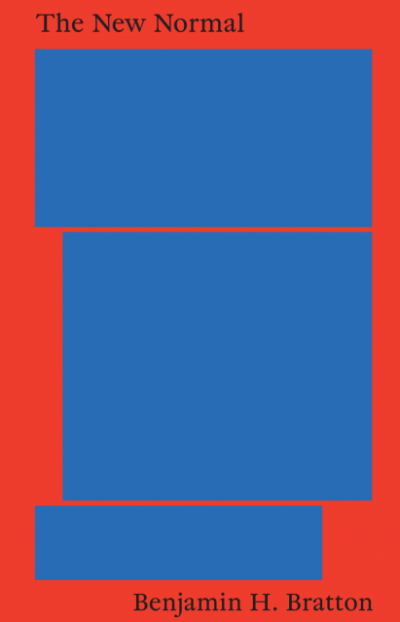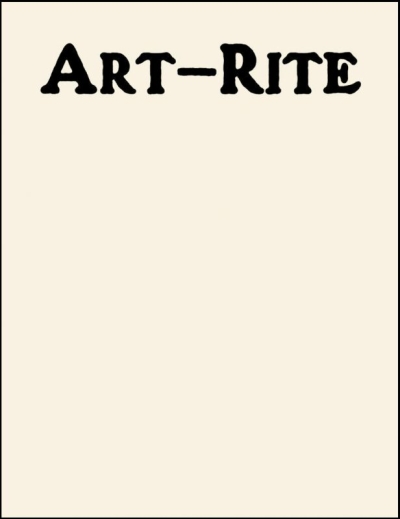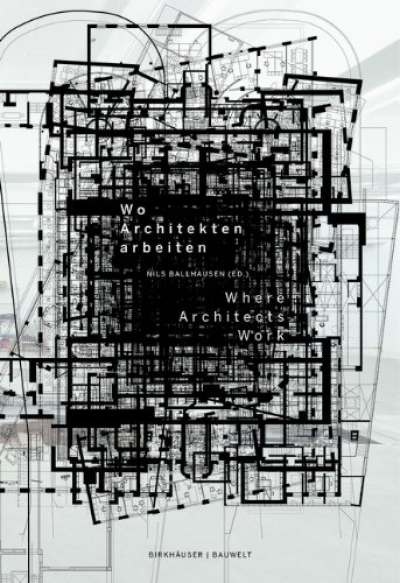
Wo Architekten arbeiten / Where Architects Work
Wie sieht es eigentlich bei denen aus, die täglich über gutes Bauen nachdenken? Wo entstehen die Ideen und Entwürfe für zeitgenössische Architektur?
76 Architekturbüros aus dem deutschsprachigen und internationalen Raum gewähren Einblicke in ihre Räumlichkeiten. Jedes Architekturbüro ist mit einer Aussenansicht, einem Innenraumfoto und einer Grundrisszeichnung dargestellt, in der zudem die Arbeitsplätze der Inhaber markiert sind. So werden nicht nur Gemeinsamkeiten und Unterschiede zwischen den Architekten anschaulich, sondern auch die interne Organisation der Büros und die Haltung, die das jeweilige Gebäude ausdrückt. Die Räume, in denen Architekten heute arbeiten und Besuch empfangen, erzählen von einem Berufstand, der sich polyglott, bodenständig, provisorisch, ehrlich, ironisch, seriös oder verspielt gibt. Gearbeitet wird in Wolkenkratzern und Scheunen, in Stadt- und in Lagerhäusern, am Wasser und im Wald.
Die exemplarischen Einblicke in 76 Architekturbüros werden von einem thematisch einführenden Essay sowie einer grundlegenden Betrachtung über Kontinuitäten und Brüche des Typus „Atelier/Studio“ begleitet.
What does it actually look like in the offices of people who think on a day-to-day basis about good architecture? Where do the ideas and designs of contemporary architecture originate?
Seventy-six architectural firms, in German-speaking countries and internationally, open their doors and show us the spaces in which they work. There is a view of the outside of each architectural firm, one of the interior, and a floor plan, where the work places of the owners are highlighted. This not only exemplifies the similarities and differences between the architects, but also the internal organization of the offices as well as the attitude expressed by each respective building. The rooms in which architects work and receive visitors today tell of a profession that is itself a polyglot, down to earth, makeshift, honest, ironic, serious, or playful. Employees work in skyscrapers and barns, in townhouses and storage buildings, on the water and in the woods.
The exemplary views of the seventy-six architectural firms are accompanied by a thematic introductory essay and a fundamental observation of continuities and discontinuities of the “atelier/studio.”






